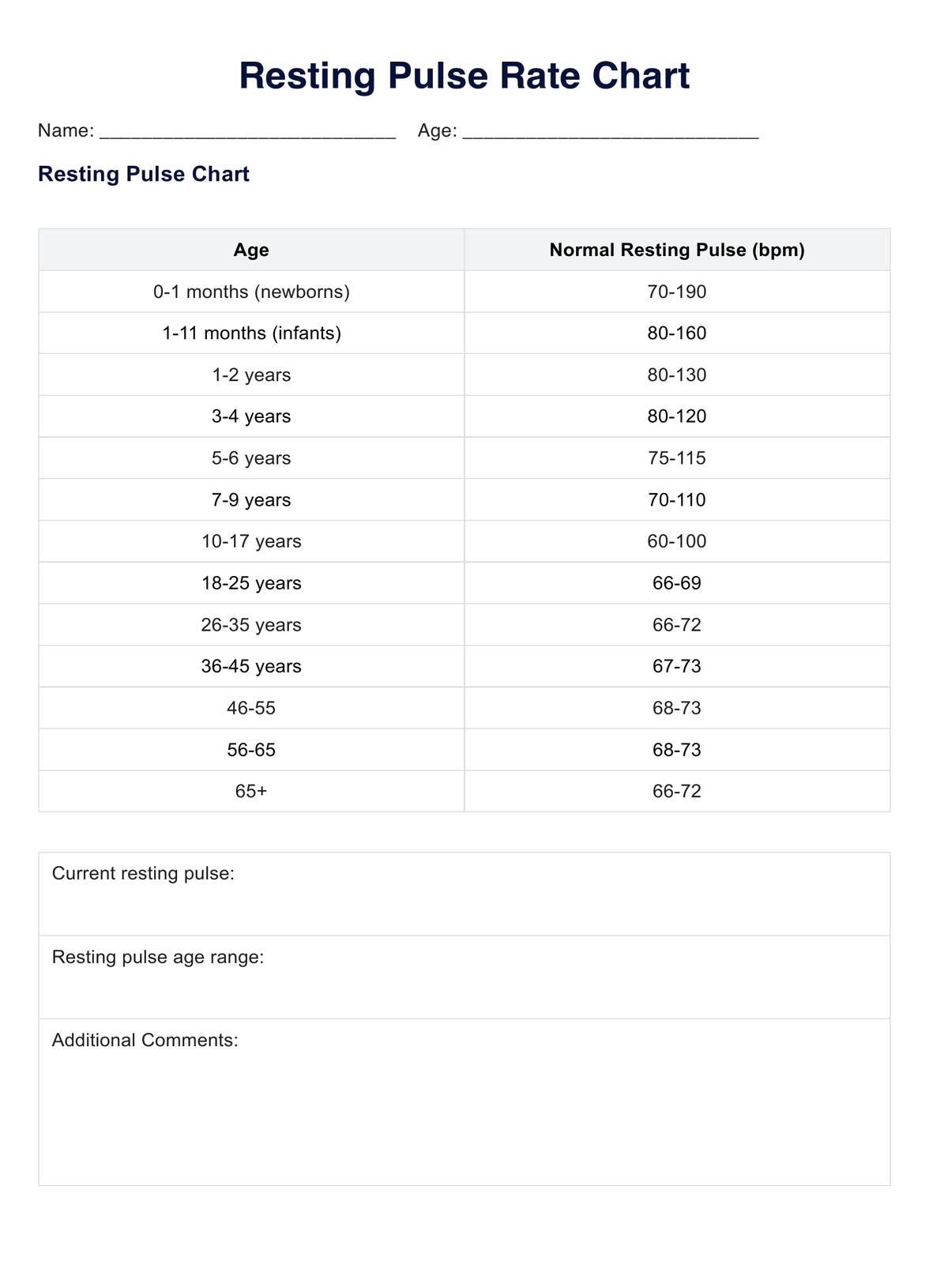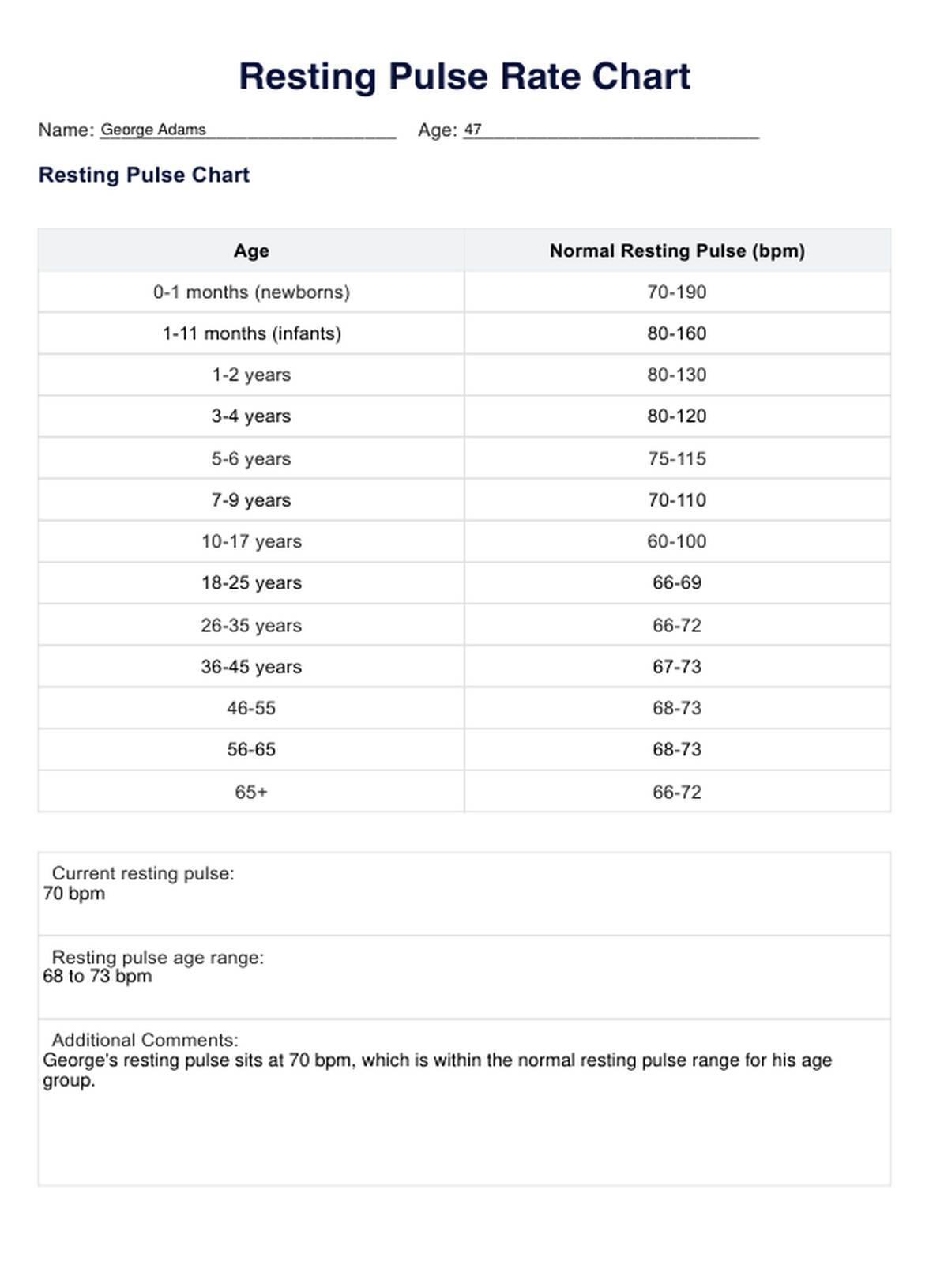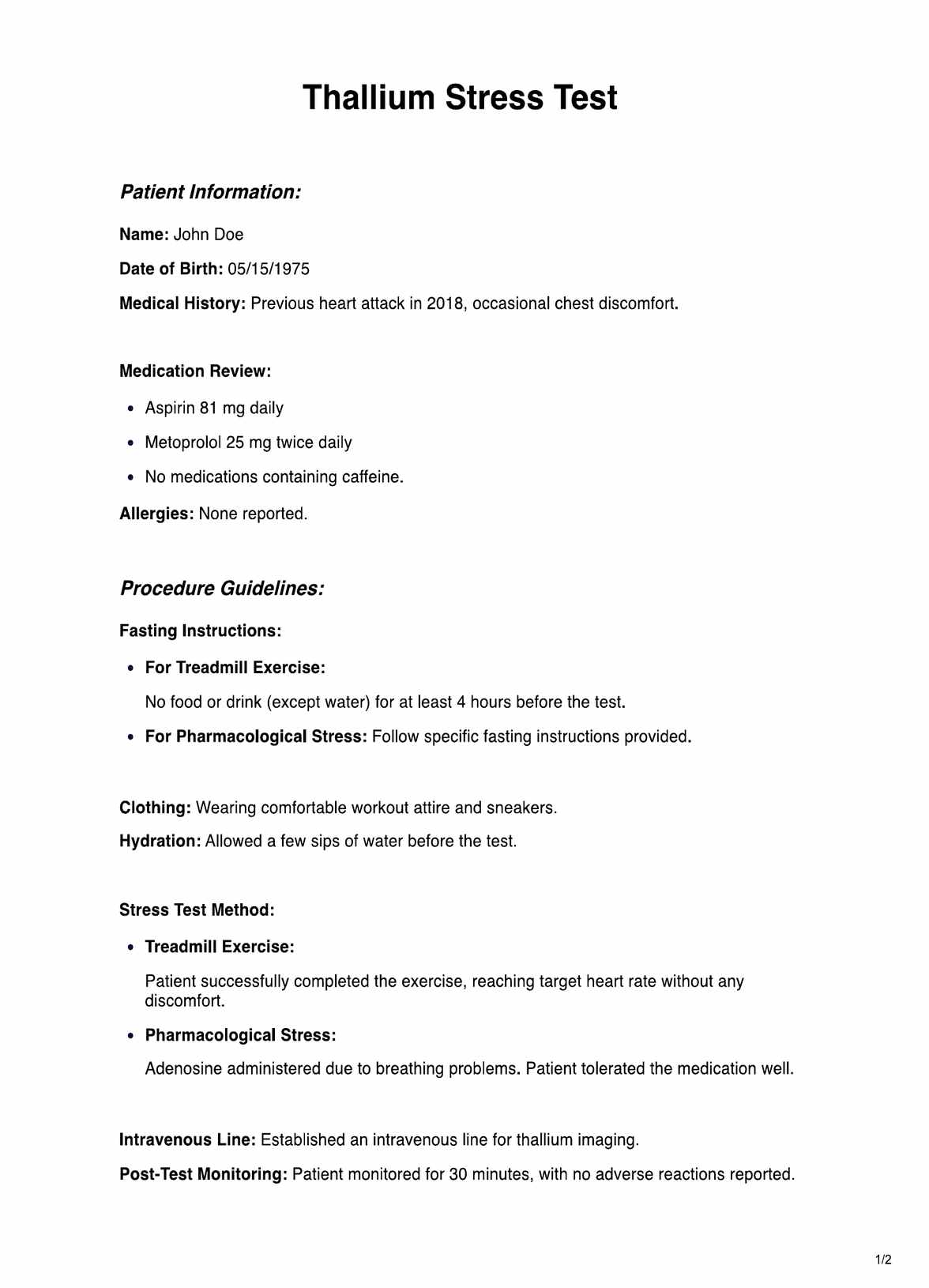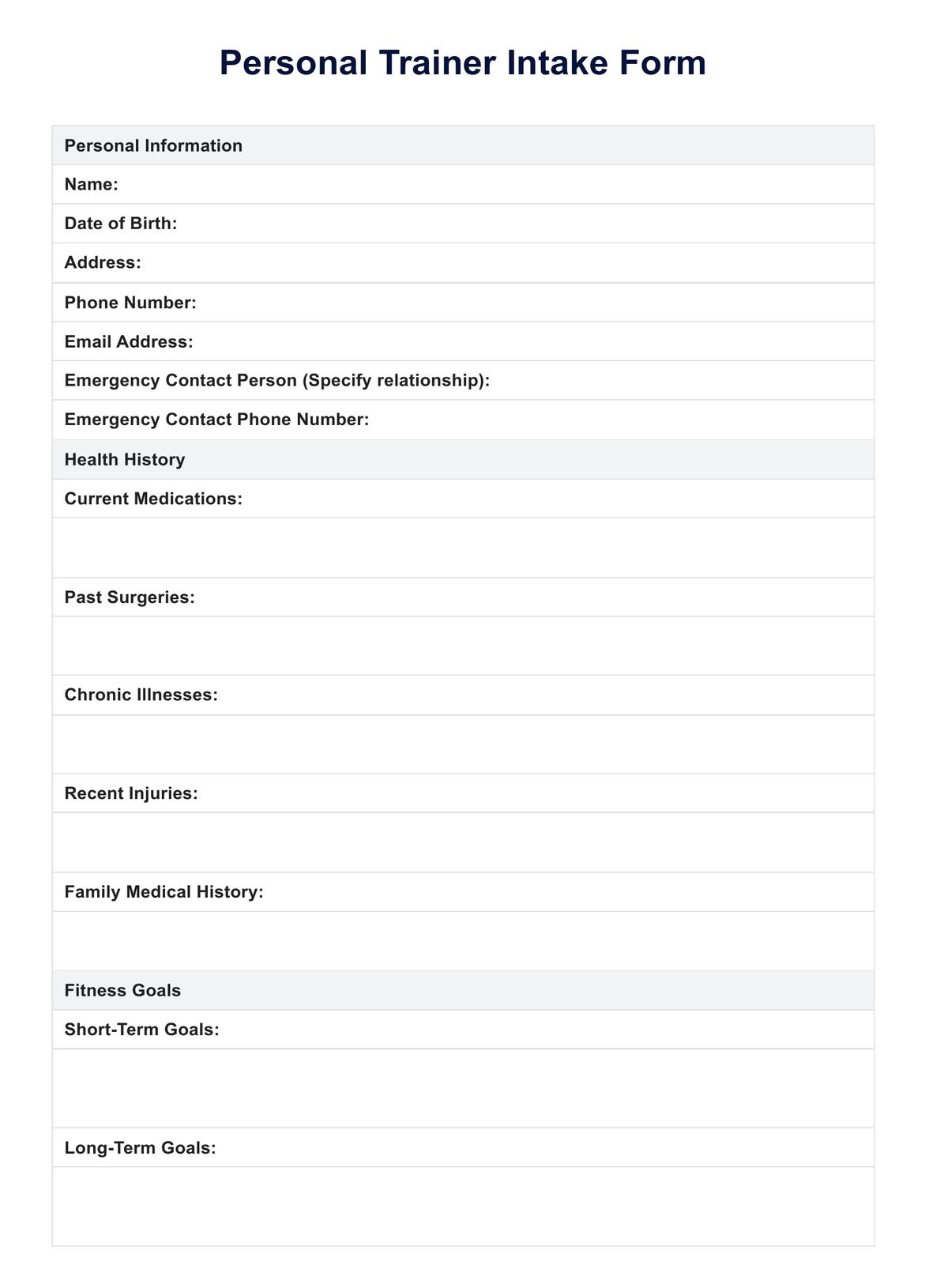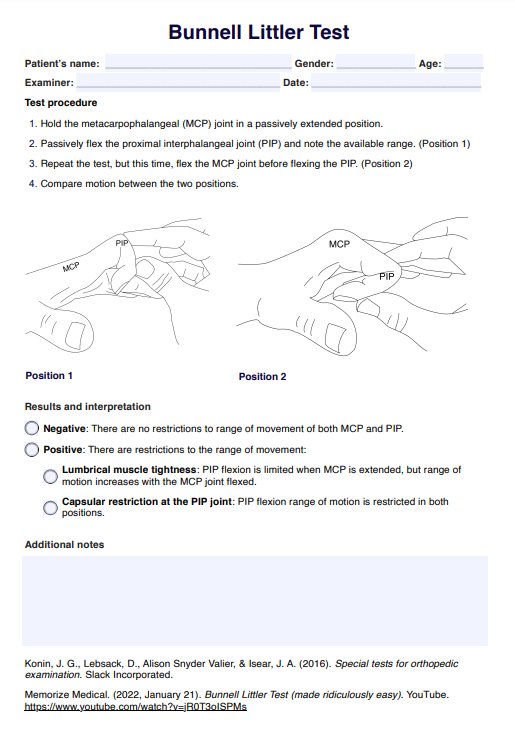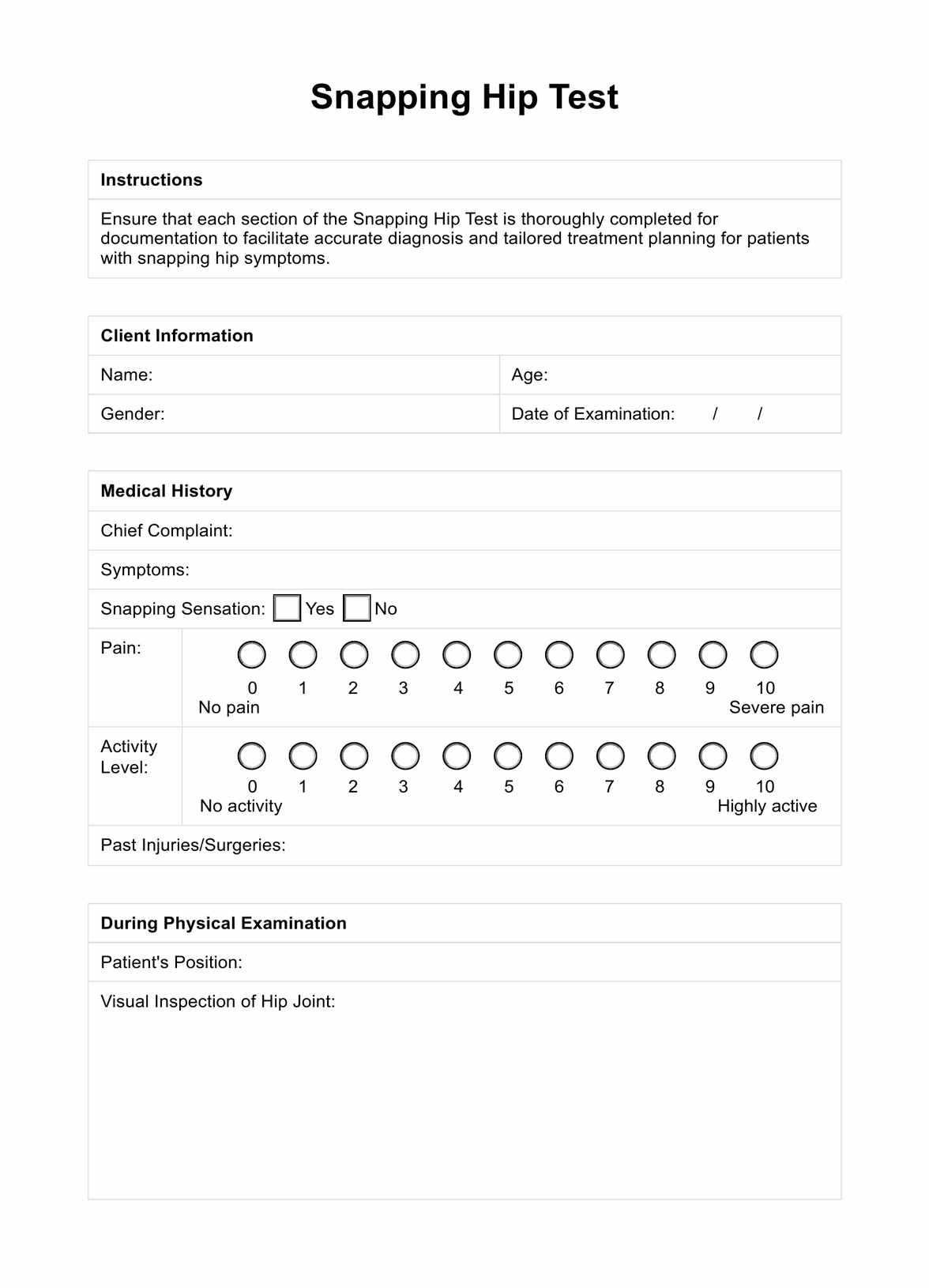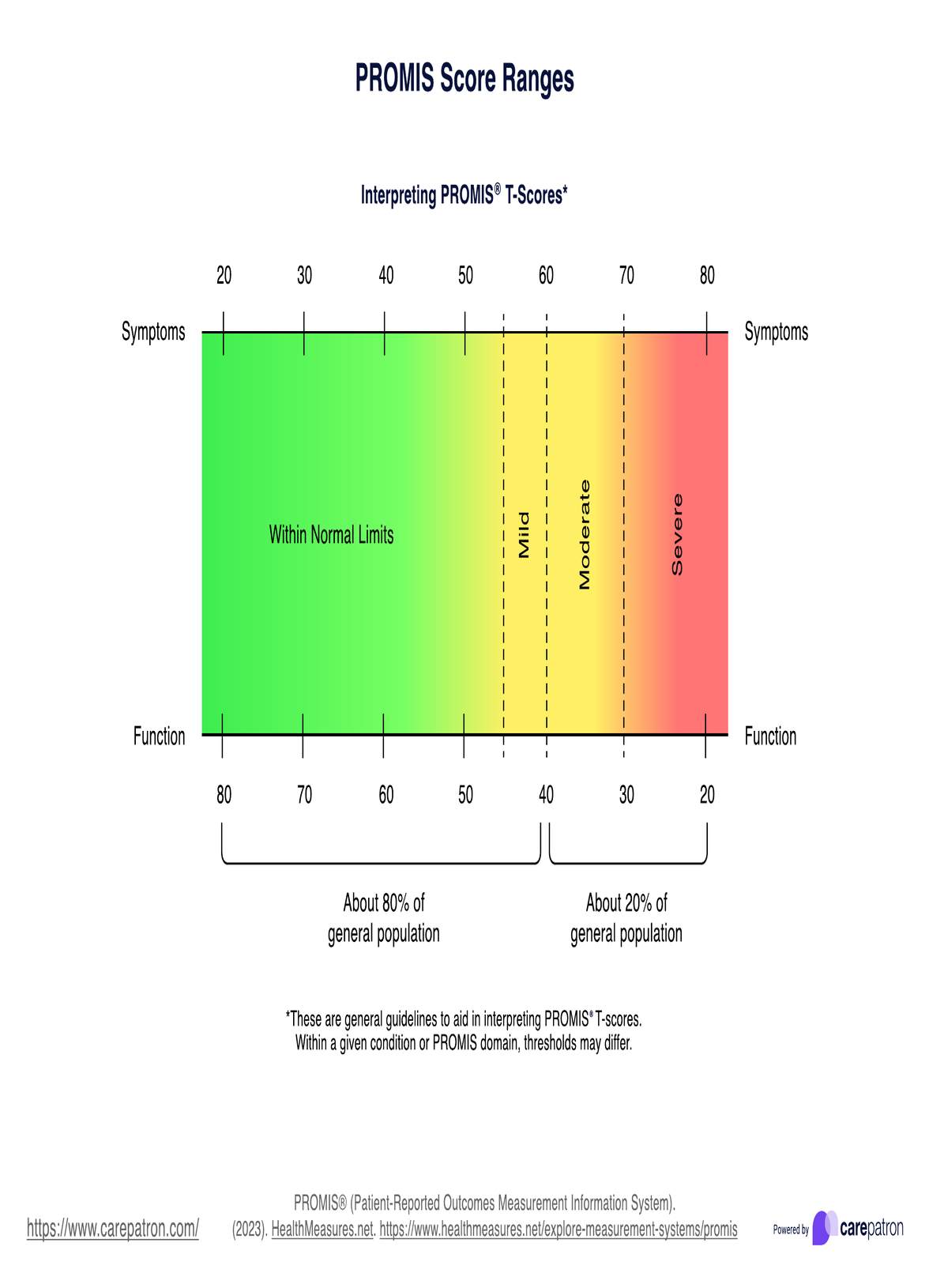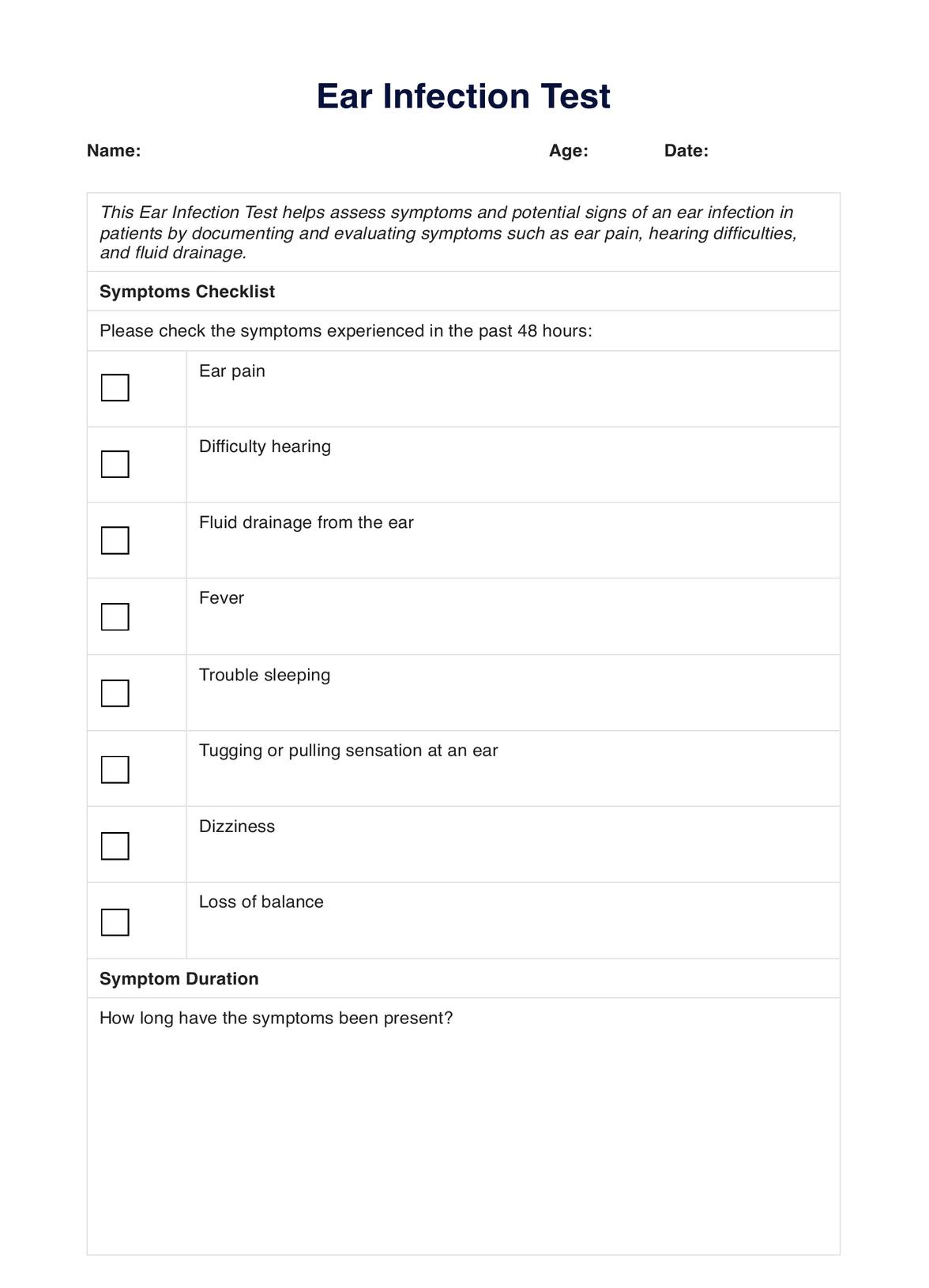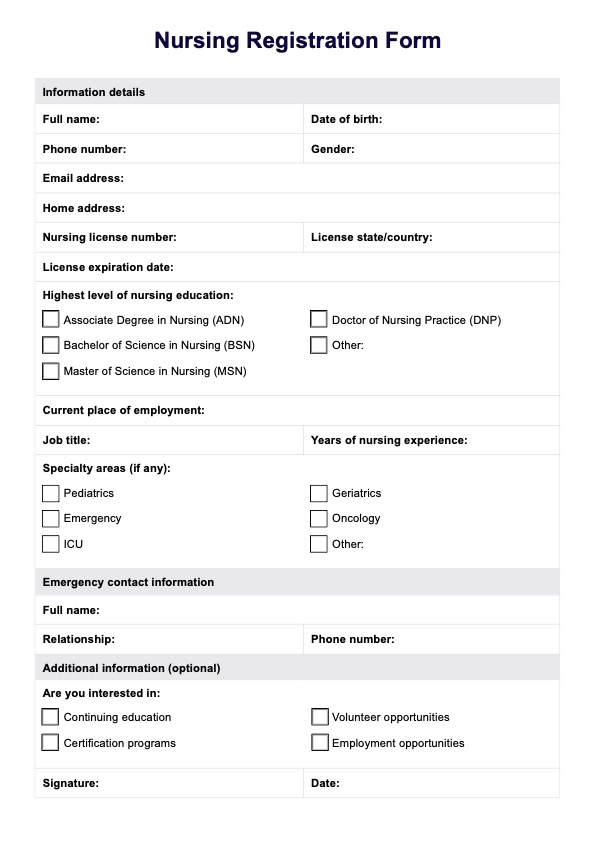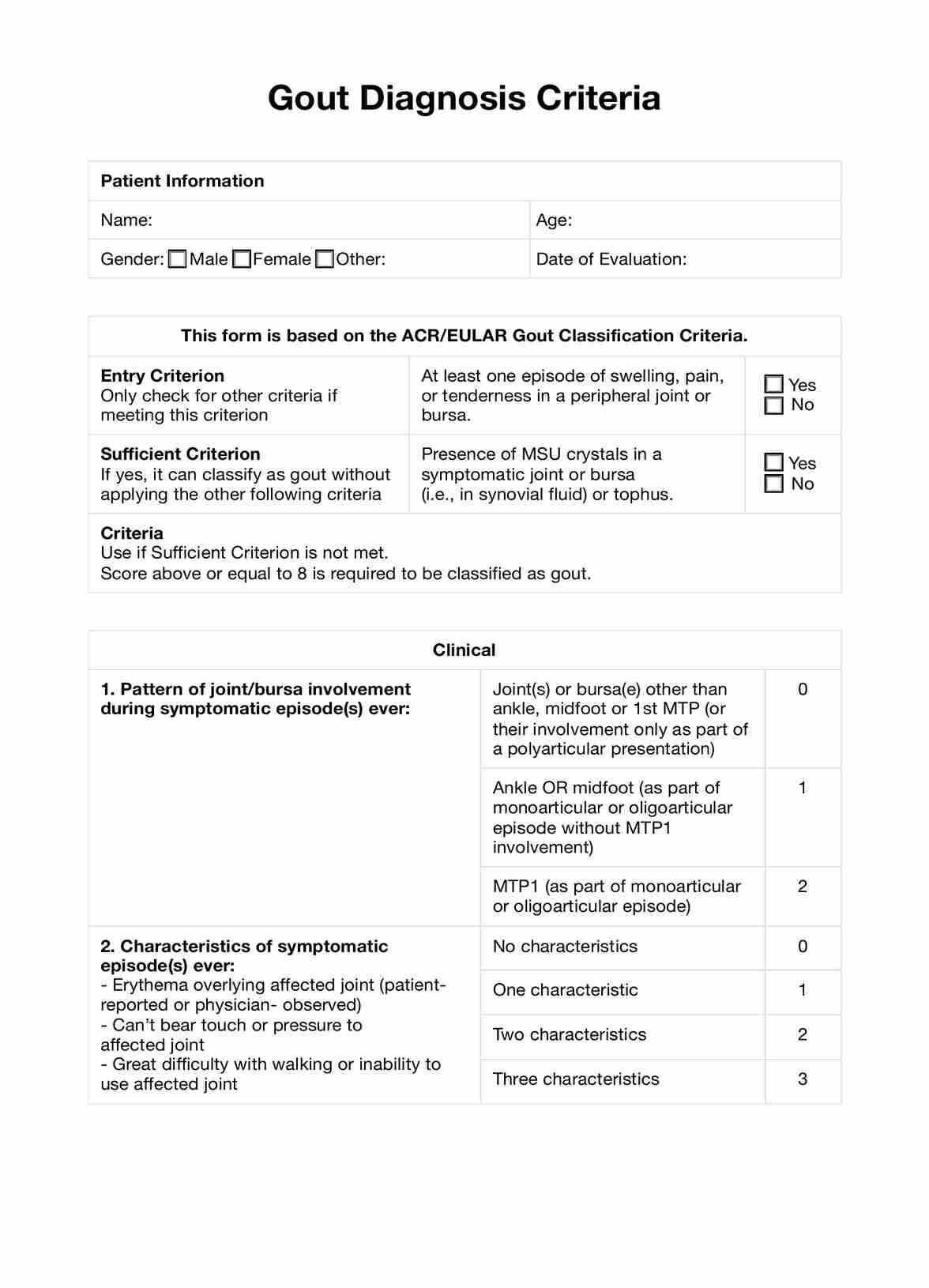Resting Pulse Rate
Using our Resting Pulse Rate Chart, you can learn more about the inner workings of the heart and what this may mean for your client’s health.


What is a Resting Pulse Rate Chart?
A resting pulse rate chart is a resource that individuals or health practitioners can use to screen heart functioning and overall health. The chart itself presents age-related recommended ranges for resting pulse rate, allowing individuals and health practitioners like nurses and general practitioners to compare resting pulse rates.
Pulse rate is measured by feeling the main arteries in the body, such as the carotid artery in the neck or the radial artery in the wrist, at rest (Nanchen, 2018). After locating a pulse, the number of pulses or beats per minute (bpm) can be counted to generate a resting pulse rate (Cleveland Clinic, 2022). Every time you feel a pulse, you feel the heart contract and circulate blood through the body’s arterial networks before it relaxes (Cleveland Clinic, 2022).
Though normal resting pulse rates can sit between 60 to 100 bpm, factors like stress and hormones can influence heart function to slow or speed up pulse rate (Lewine, 2023). Implementing healthy lifestyle behaviors such as consistent physical activity can exercise the heart to make it stronger, which is why athletes may have resting pulse rates much lower than 60 bpm (Lewine, 2023). However, pulse rates much higher or lower than these ranges can be concerning for the average person and may prescreen risks for concerns like heart attacks or infection (Cleveland Clinic, 2022; Lewine, 20230.
By using our resting pulse rate chart, individuals and health practitioners can externally examine heart functioning and potentially identify risk factors for health conditions for early treatment.
Resting Pulse Rate Template
Resting Pulse Rate Example
How Does It Work?
By providing the recommended resting pulse rate ranges, our chart can help identify whether an individual’s heart is functioning at a healthy rate. The following provides some simple steps guiding how to use the chart:
Step 1: Obtain the Resting Pulse Rate Chart
You can access our free resting pulse chart here or download it as a PDF for a printable reference.
Step 2: Locate the Pulse
While the individual is sitting upright at rest, use light pressure of your first two fingers to feel the pulse at any of the following areas:
- Neck (carotid artery): beginning at the ear lobe, trace below until you reach the bottom corner of the jaw that meets the neck.
- Wrist (radial artery): on the inside of the wrist, feel the area on the same side as the thumb.
- Elbow (brachial artery): In the elbow, trace from the hollow section upwards towards the body until the pulse is felt.
Other areas where health practitioners may find a pulse include the following:
- Behind the knee (popliteal artery)
- Belly (abdominal aorta)
- In the chest (apical artery)
Step 3: Measure Resting Pulse (Heart) Rate
Count the times you feel the pulse in a minute to generate bpm. Alternatively, you can count the number of pulses in 30 seconds and multiply this value by two for bpm.
Step 4: Interpret Results
Using the resting pulse rate chart, compare the value from the previous step with the resting chart range for the individual’s age group. This will demonstrate whether resting pulse rate is within the normal, healthy age range.
When Would You Use This Chart?
The resting pulse rate chart can be used in many scenarios relating to heart monitoring pulse measurement. Here are some situations that may benefit from using a resting pulse rate chart:
Annual Health Checks
Among other procedures, resting pulse rates are routine measurements used by general practitioners and nurses for health and fitness screening. Using the chart, health practitioners have visual reference tools to include in routine health checks, which may allow for early detection of health risks like anemia or cardiovascular disease (British Heart Foundation, n.d.; Hipp, 2023).
Informing Treatment
General practitioners may consider resting pulse rate to inform decisions around treatment plans. Patients with pulse rates outside of the normal ranges may require treatment that stabilizes the pulse, or those with normal pulse rates may find that certain medications alter their resting pulse. For instance, some medications like thyroid prescriptions and beta blockers may increase, or decrease heart rate respectively (British Heart Foundation, n.d.; Healthdirect, 2022). Monitoring pulse during consultation can help keep track of any changes, to inform ongoing treatment plans in the best interest of the patient’s health.
Monitoring Vital Signs
Pulse rate is a vital sign for heart functioning, and allows health practitioners to monitor a patient’s status where it may be less observable. Using the resting pulse rate chart allows practitioners to continuously monitor health status and the body’s functioning. This may include during surgery or patients in intensive care units (ICU).
If you are looking for a similar resource, you can check out our Pulse Rate Chart Template.
What Do the Results Mean?
Several underlying factors may influence resting pulse, such as genetics, medication and physical fitness, which means individual results may differ when using the chart. However, here are some common results and what they may mean for the individual:
- Normal pulse: Individuals may be within the normal pulse for their age group, which is typically a sign of good health and heart functioning. It is essential to continue monitoring throughout one's lifespan during services like annual wellness exams or routine checkups. This ensures long-term health management and continues a proactive health approach.
- High pulse: Very high resting pulse, otherwise known as tachycardia, is usually over 100 bpm and may signal underlying health issues. This may include infection, stress, or fever, which require urgent medical attention.
- Low pulse: Very low resting pulse, or bradycardia, is usually under 60 bpm for the average individual and may be a cause for consultation with healthcare providers. Bradycardia may also be accompanied by dizzy spells or fainting and require urgent attention from medical professionals.
- Irregular pulse: The pulse may feel out of rhythm, at a racing pace, or very low. Individuals experiencing an irregular pulse (arrhythmia) should seek advice from their healthcare provider, as this may signal an underlying health condition that requires further diagnostic procedures.
Individuals and health practitioners may gain insight into pulse and heart health status by accessing our free resting pulse rate chart. If you feel you are experiencing a high, low or irregular pulse, it is essential to schedule an appointment with your health provider or seek medical attention to complete further screening procedures.
Research & Evidence
Resting pulse rate charts are an effective resource to monitor resting pulse and subsequently track heart function and overall health status. As a visual resource, it efficiently allows individuals and health professionals to identify whether the heart is functioning normally or outside of normal ranges which may require further screening.
These charts are vital for the early detection and management of health risks like cardiovascular disease and stroke. Studies have repeatedly established links between heart rate and ill health, with one research article reporting that patients with resting rates over 80 bpm had a higher all-cause and cardiovascular disease mortality than those with 60 bpm or lower (Saxena, 2013). As a pre-diagnostic procedure, measuring a resting pulse using the chart may indicate risks and symptoms early, allowing practitioners and patients more time to make informed treatment plans (British Heart Foundation, n.d.; Hipp, 2023).
Although there is yet to be literature directly establishing the merit of resting pulse charts in health contexts, the value of these resources is well-documented in articles by respected sources like the American Heart Association. Whether used to disseminate information about heart functioning or used as a screening tool, resting pulse rate charts are integral to tracking health and wellness.
References
British Heart Foundation (n.d.). What is a normal pulse rate? Heart Matters magazine. https://www.bhf.org.uk/informationsupport/heart-matters-magazine/medical/ask-the-experts/p
Cleveland Clinic (2022). Pulse & Heart Rate. Cleveland Clinic. https://my.clevelandclinic.org/health/diagnostics/17402-pulse--heart-rate
Healthdirect (2022). Resting heart rate. Healthdirect. https://www.healthdirect.gov.au/resting-heart-rate
Hipp, D. (2023). Normal Resting Heart Rate by Age (Chart). ForbesHealth. https://www.forbes.com/health/healthy-aging/normal-heart-rate-by-age/
Lewine, H. E. (2023). What is a normal heart rate? Harvard Health Publishing, Harvard Medical School. https://www.health.harvard.edu/heart-health/what-your-heart-rate-is-telling-you
Nanchen, D. (2018). Resting heart rate: what is normal? Heart, 104(13), 1048-1049. https://heart.bmj.com/content/104/13/1048.citation-tools
Saxena, A., Minton, D., Lee, D., Sui, X., Fayad, R., Lavie, C. J., Blair, S. N. (2013). Protective Role of Resting Heart Rate on All-Cause and Cardiovascular Disease Mortality. Mayo Clinic Proceedings, 88(12), 1420-1426. https://www.sciencedirect.com/science/article/abs/pii/S0025619613008306
Commonly asked questions
The resting pulse rate chart can be requested by individuals or health providers seeking to monitor resting pulse or identify whether the heart is functioning well according to the age ranges.
Although these charts can be used in various scenarios, they are most typically applied when health providers are completing measurement or screening procedures related to heart functioning. This may include during surgery or conducting routine health checks.
The charts are used as a reference tool to see whether an individual’s resting pulse is within the normal range for their age. If within the range, it usually signals good health and heart functioning. If outside of the normal ranges, it may signal high, low, or irregular rhythms, which may require further diagnostic procedures by a health professional.
A resting pulse rate chart can take minutes, as it only requires information regarding age, and resting pulse (resting heart rate) to complete.


